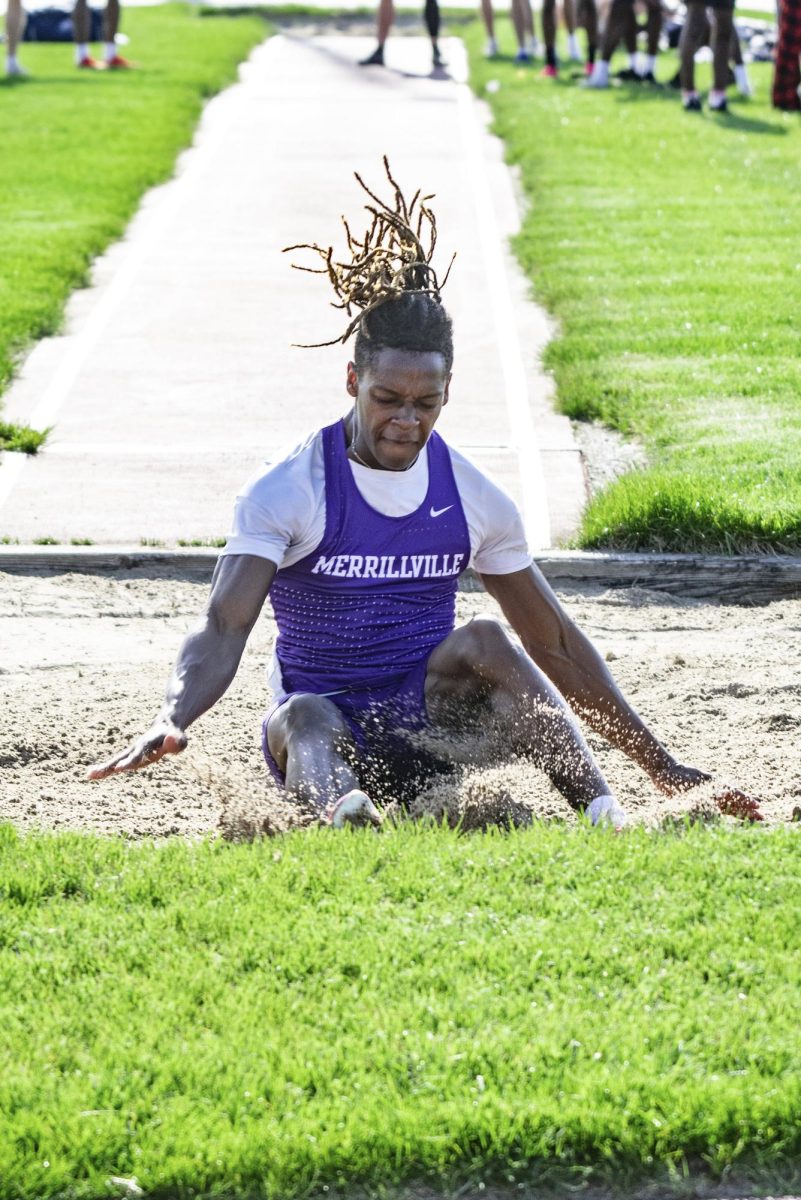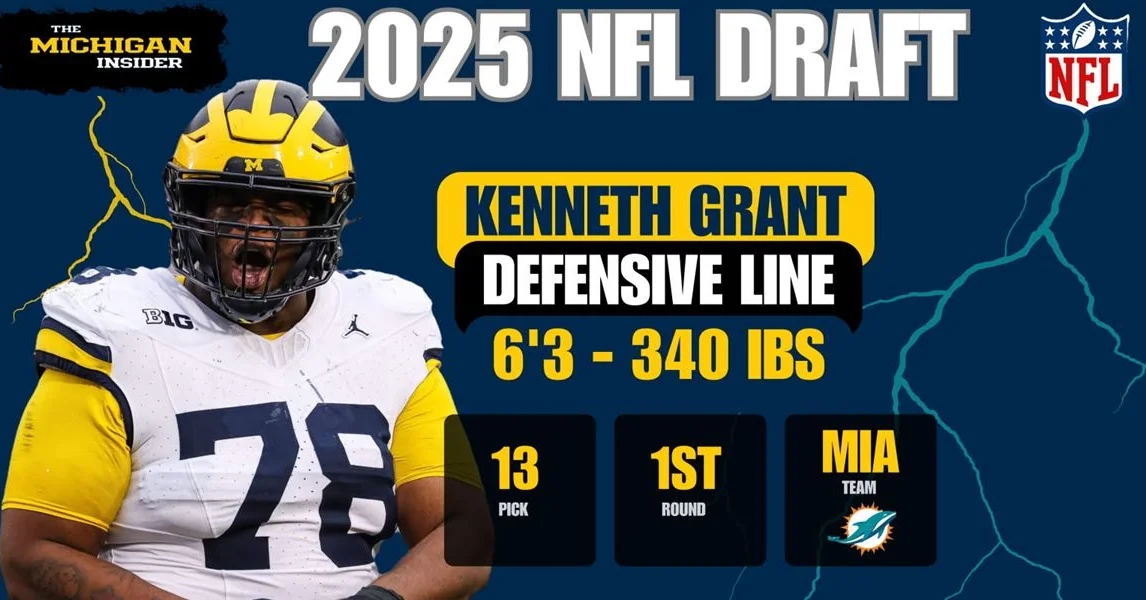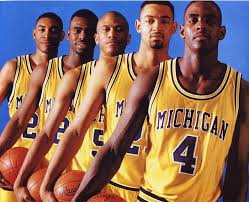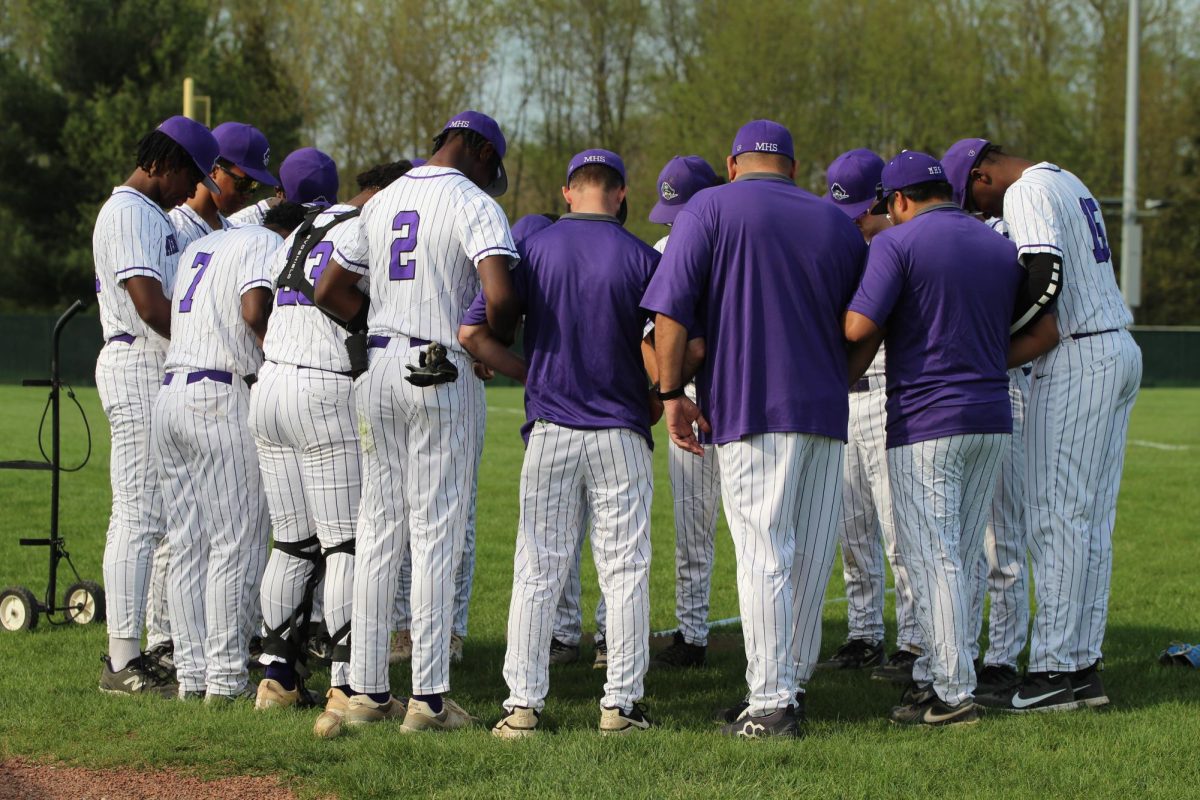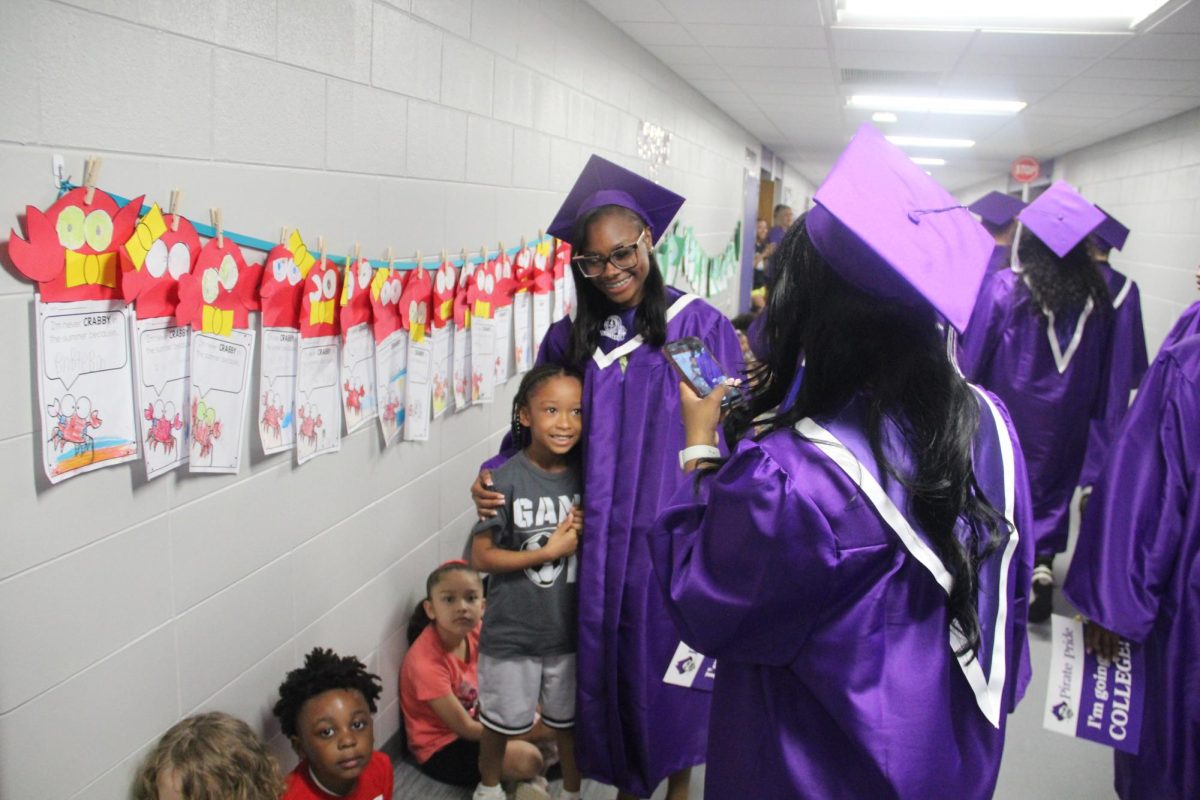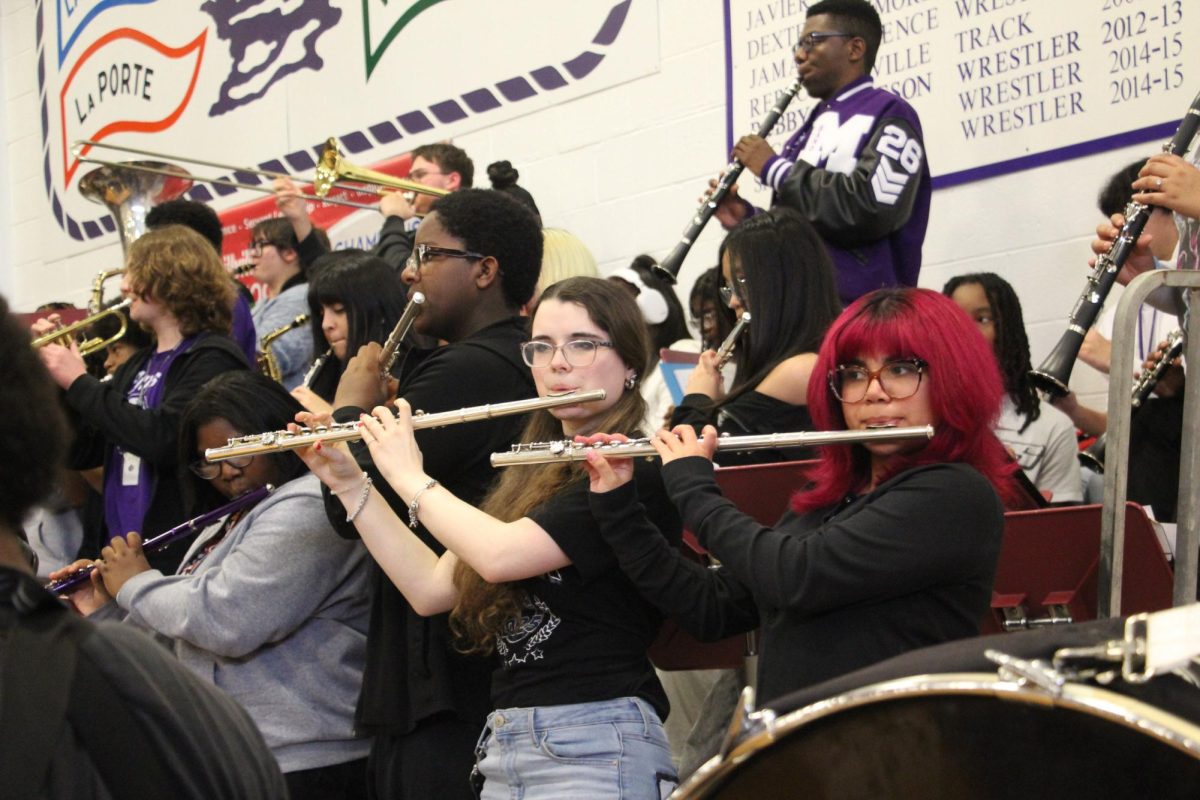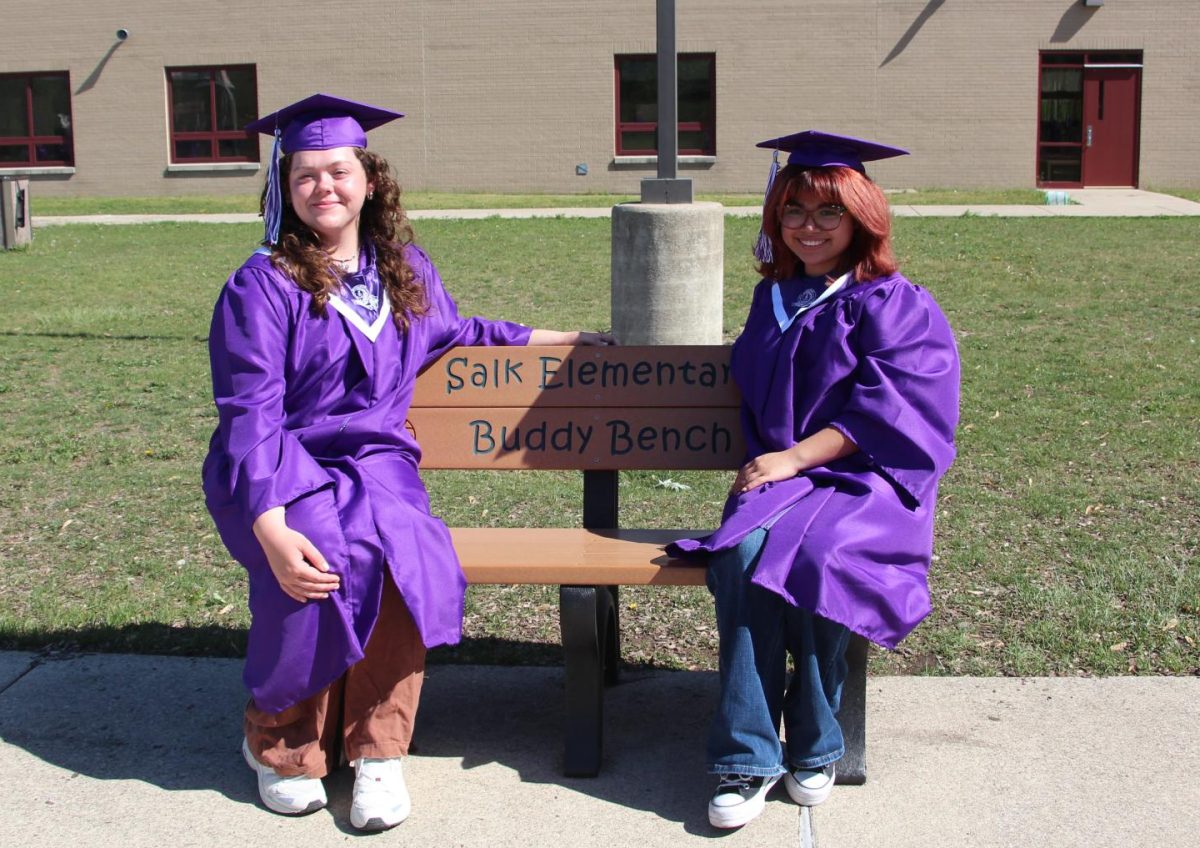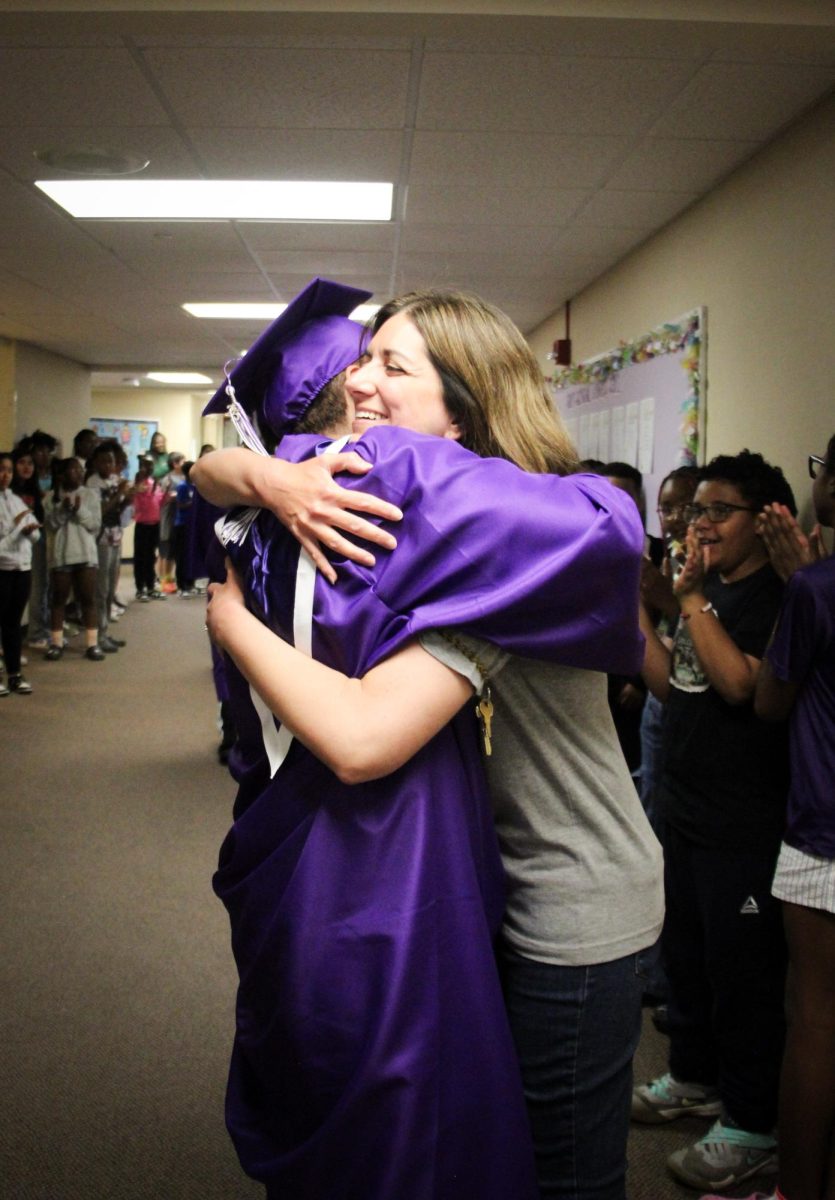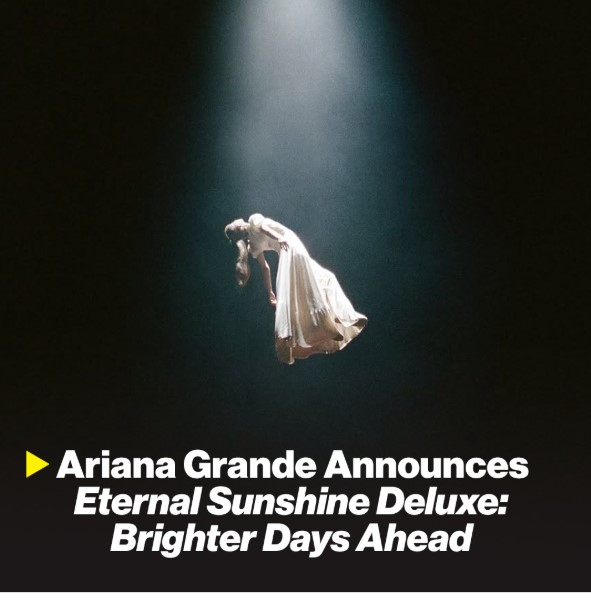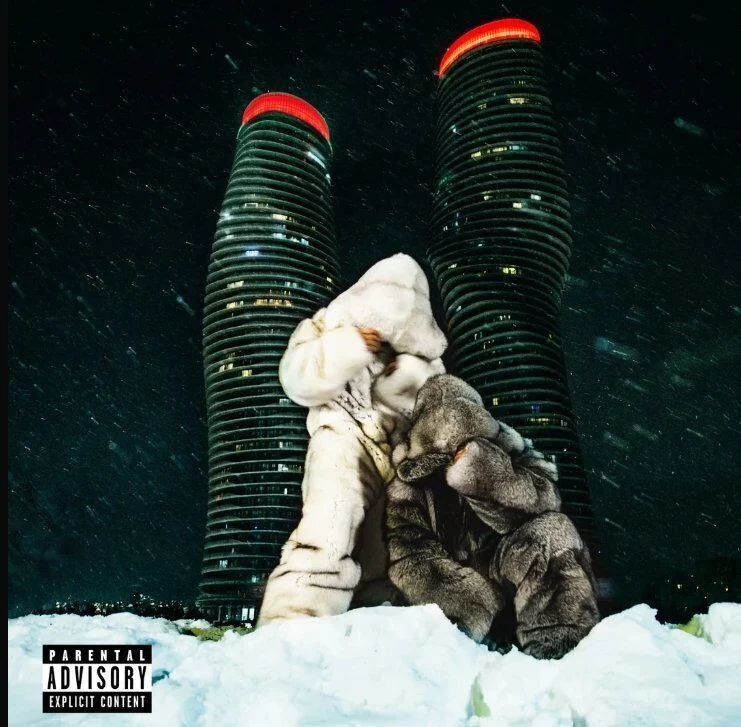School dress codes prove problematic
“Too short. Sit up. Pull that down. Go change! What are you wearing? You look like your asking for it.” All things said to a 15-year-old-girl in high school.
The dress code here at Merrillville high school and other schools around the nation regulates wearing overly ripped jeans, leggings, short shorts, clothing with slurs, coats, hats, du-rags, etc.
Dress codes are unfair and unnecessary, they encourage discrimination against certain genders, promotion of rape culture and sexual harassment.
Dress code has been one of the major topics in recent years here at Merrillville high school.The real problem lies when girls feel like they are the only ones being targeted.
Dress code has been a problem over the years but more and more the bias towards girls starts to show more and more. Girls seem to be the only ones being targeted when it comes to a strict dress code.
Numbers don’t lie.
In a survey of 164 students by the student newspaper at Central Kitsap High School in Washington state, 79.3% of the female respondents said they had been dress coded, while only 3.9% of male students had been dress coded.
Dress codes can encourage victim-blaming attitudes associated with a “rape culture.” The phrase “What was she wearing?” or “If she didn’t dress like that, it wouldn’t have happened” is sometimes heard when a woman says she was raped basically implying that whatever the victim was wearing justifies the assault and then places the blame upon her shoulders.
The fix for dress coding involves a more permissive approach. A revision of the dress code should be implemented to no longer target certain groups and allow more freedom for students. The students and staff should be able too come together and discuss some resolutions.
Merrillville’s dress code involves specific bans on spaghetti straps, low-cut shirts, cut-out designs, crop tops, and dresses, skirts, leggings/jegings and shorts that are shorter than mid-thigh. It is not hard to see how subjective the dress code is, as these articles of clothing are typically worn by girls.
However, there still should be a moral line, and students should not come to school in their undergarments. As long as students are wearing bottoms, a top, and shoes that cover the private parts, and do not display or promote violence, hate speech, profanity or sexual behavior, there should be no problem.




